Grant Park is a large public park spanning 319 acres situated in the city’s central business area. Its evolution reveals a complex web of civic resolve and urban planning. Chicago’s park system was greatly affected by Frederick Law Olmsted, who is most known for his work on Central Park in New York. However, his successors and other notable landscape architects had a greater direct influence on Grant Park’s design.

Initial Vision
As Chicago grew quickly in the middle of the 19th century, municipal planners realized that public green areas were necessary. Lake Park, a little strip of land along Lake Michigan, was the original designation for the area that is now Grant Park. However, detailed plans for the park’s construction were not put forth until the late 19th and early 20th centuries.
Frederick Law Olmsted had a significant role in establishing Chicago’s park environment, particularly due to his work on Jackson Park and the Midway Plaisance for the 1893 World’s Columbian Exposition. Naturalistic landscapes, curved walkways, and the healing potential of green areas were highlighted in their architectural concepts. Despite having little direct involvement in Grant Park, Olmsted’s impact was felt throughout the city’s park design process.
The Formal Design and Burnham Plan
Daniel Burnham and Edward H. Bennett presented the Plan of Chicago, a blueprint for the growth of the city, in 1909. With its wide boulevards, classical buildings, and expansive lawns, this proposal suggested a formal, symmetrical layout for Grant Park. Bennett in particular was instrumental in making this idea a reality by supervising the park’s conversion into a masterpiece of Beaux-Arts.
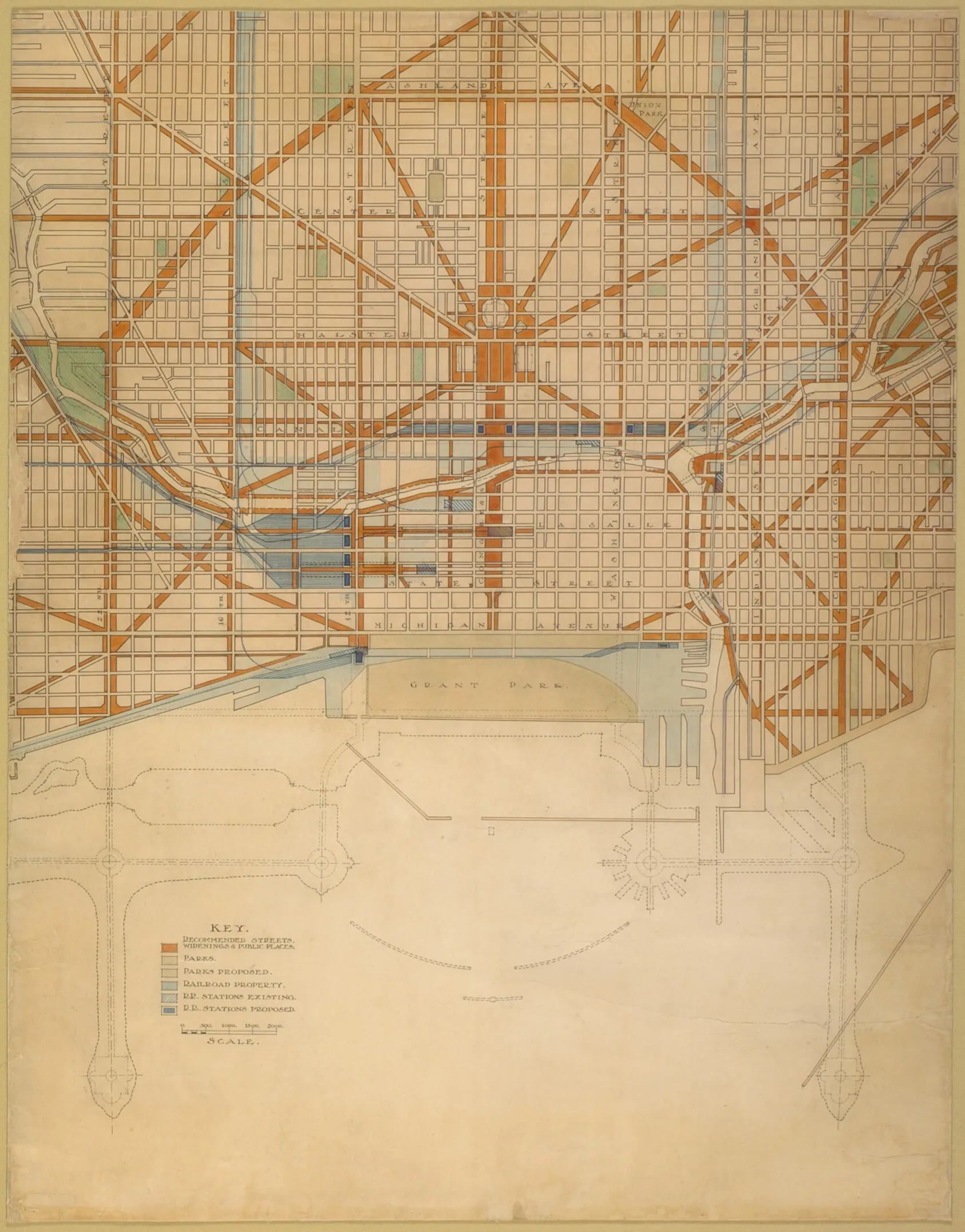
Edward Herbert Bennett
Grant Park Today
Millennium Park
Millennium Park is one of Grant Park’s most noteworthy areas. Its focal point is the Jay Pritzker Pavilion, a spectacular bandshell that Frank Gehry created and is used for public events and concerts. It has a distinctive stainless-steel headpiece.

Anish Kapoor’s Cloud Gate, also referred to as The Bean, is a nearby mirrored sculpture that has come to represent Chicago and its skyline, as well as its visitors.

The Lurie Garden, a 2.5-acre landscape created by Gustafson Guthrie Nichol Ltd. in partnership with plantsman Piet Oudolf and renowned for its use of native plants and sustainable gardening techniques, adds a lush, ecological layer to the park.

Central Grant Park
One of the biggest fountains in the world, the Clarence Buckingham Memorial Fountain is located in the center of Grant Park. Featuring water displays and evening light performances from mid-April to mid-October, it was designed in the style of a rococo wedding cake.

Chicago’s Cultural Identity

Some of Chicago’s most prominent institutions are situated in the Grant Park neighborhood and add to the city’s diverse artistic and intellectual scene.
The Art Institute of Chicago, which is famous for its extensive and varied collection of artwork spanning centuries and countries, is located next to the park. One of the top organizations of its kind, the Field Museum of Natural History is located nearby and features a wide range of cultural and scientific displays.
One of the biggest indoor aquariums in the world, the Shedd Aquarium provides visitors with up-close encounters with marine species from all over the world. The first planetarium in the United States, the Adler Planetarium, completes the cultural complex with captivating astronomy exhibits and celestial shows.
Events and Recreation
With a number of public sports and event facilities, Grant Park also serves as a recreational area. A popular location for important events and sports, Butler Field is adaptable. Another important space in the park, Hutchinson Field, frequently holds sizable gatherings and events, such as the well-known Lollapalooza music festival. The park includes well-kept baseball and public tennis courts.

Monuments and Public Art
Grant Park is home to a wide variety of monuments and sculptures that give the park’s landscape more artistic and historical richness. Agora by Magdalena Abakanowicz is one of the most stunning installations; it consists of 106 tall, headless iron figures that conjure ideas of anonymity, crowd behavior, and the human condition.
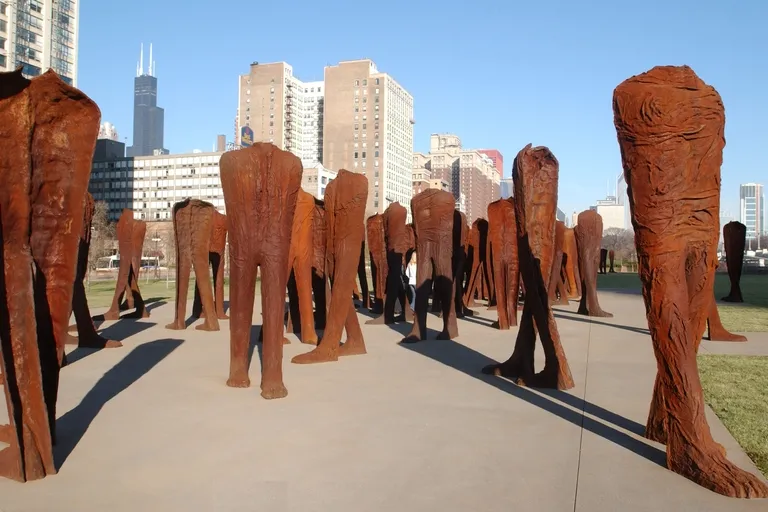
The Abraham Lincoln Monument, a stately seated statue of the 16th President of the United States by famed sculptor Augustus Saint-Gaudens, is also located in the park. The General John Logan Memorial, which honors the Civil War general’s service and accomplishments by showing him mounted, is another notable landmark.

Accessibility and Infrastructure
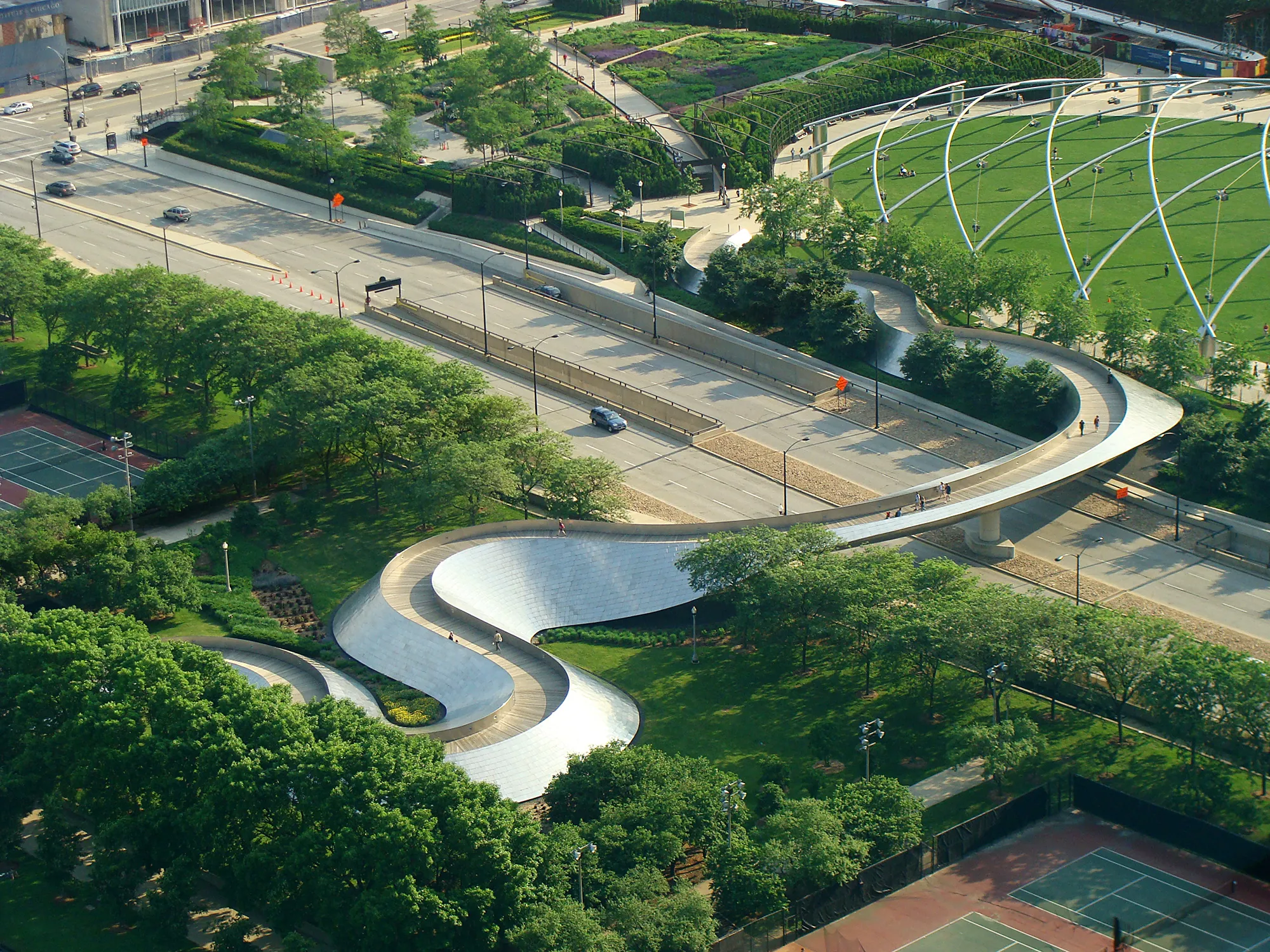
Grant Park has been planned to allow both pedestrian and vehicular access. In order to minimize surface traffic and preserve the park’s open green aspect, there are over 9,000 parking spots spread among multiple subterranean parking garages.
Furthermore, a well-designed system of walkways and bridges improves connection, enabling guests to effortlessly traverse the park’s sections while also connecting it to the lakefront and other communities.
Legacy and Ongoing Impact
Grant Park may not have been directly created by Frederick Law Olmsted, but his ideas and methods for landscape architecture had a significant impact on its creation. The park serves as evidence of the perennial importance of open green areas in cities. Grant Park is still a major meeting spot for both locals and tourists in Chicago today, hosting events and concerts and offering a calm haven in the middle of the city.




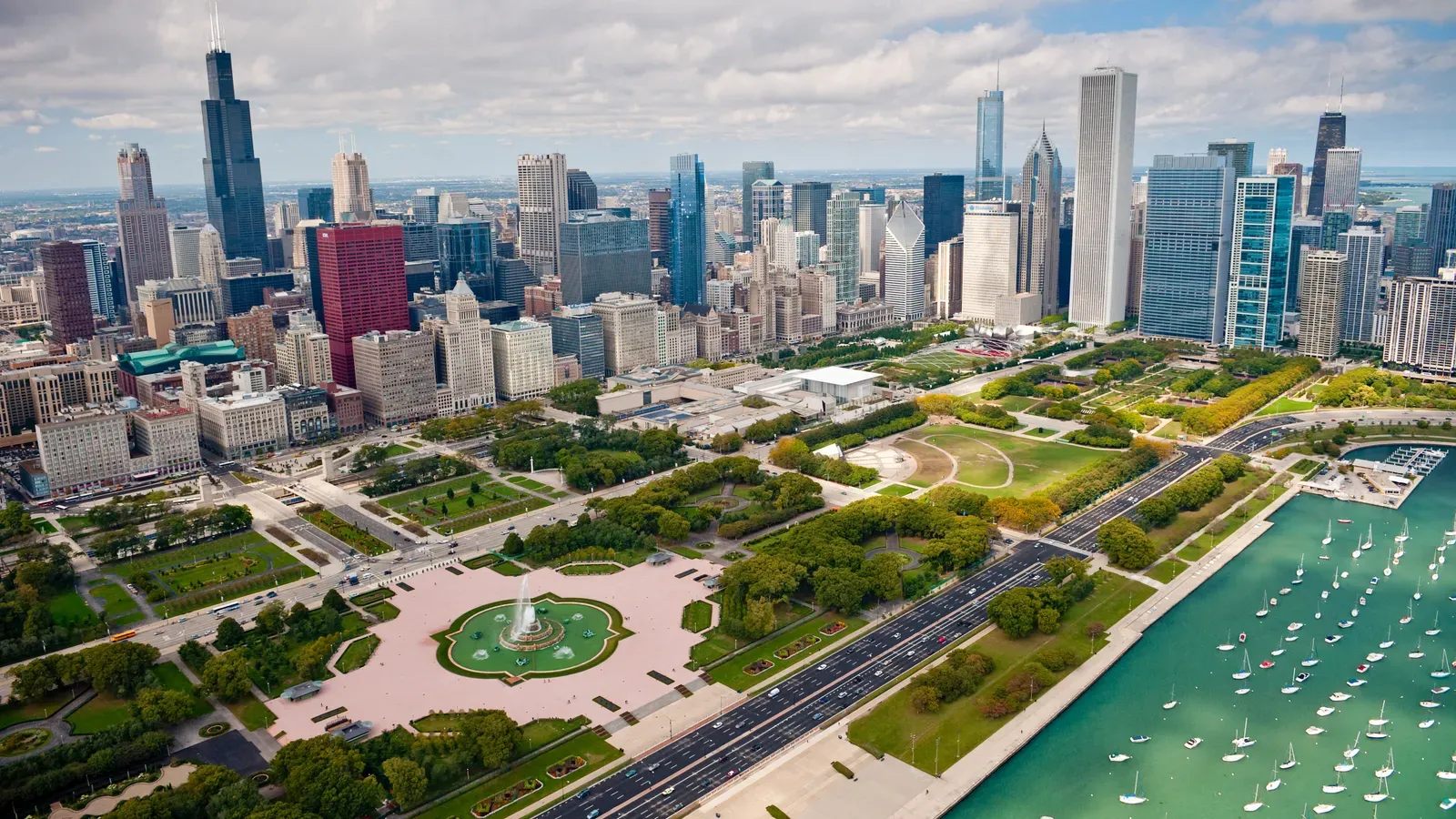















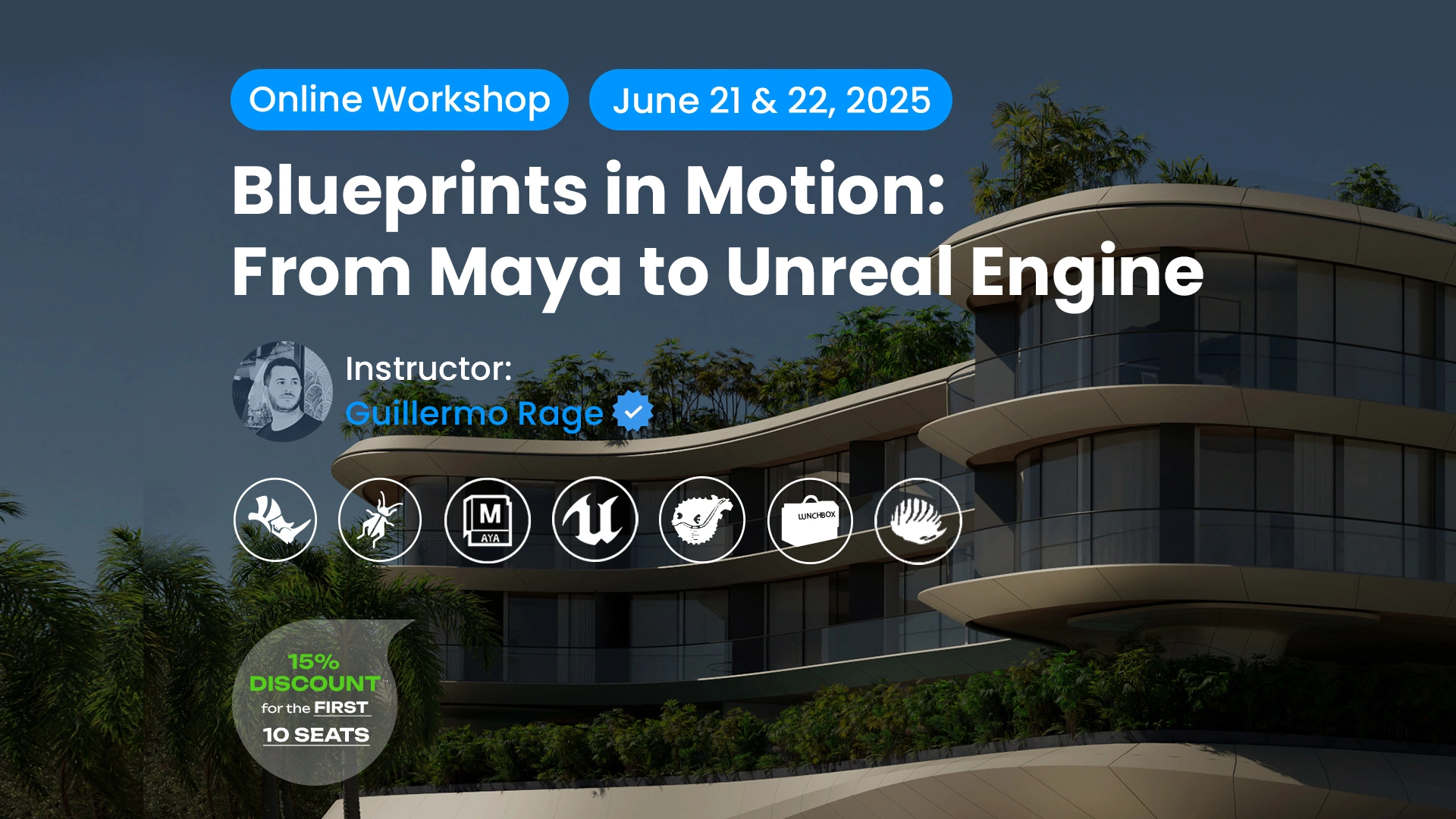



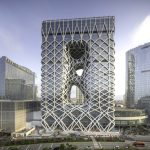
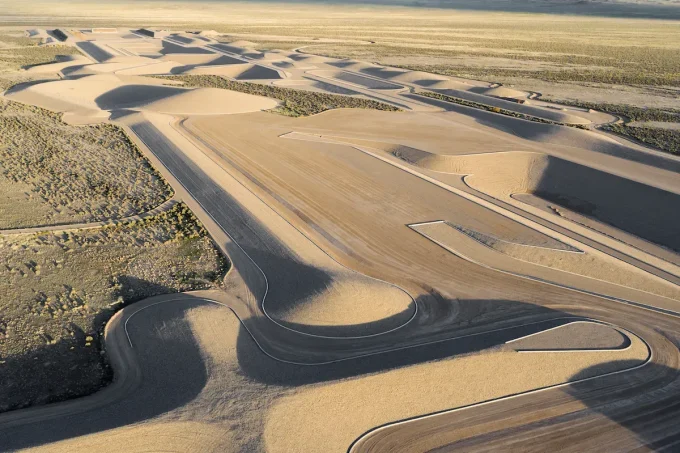







Leave a comment